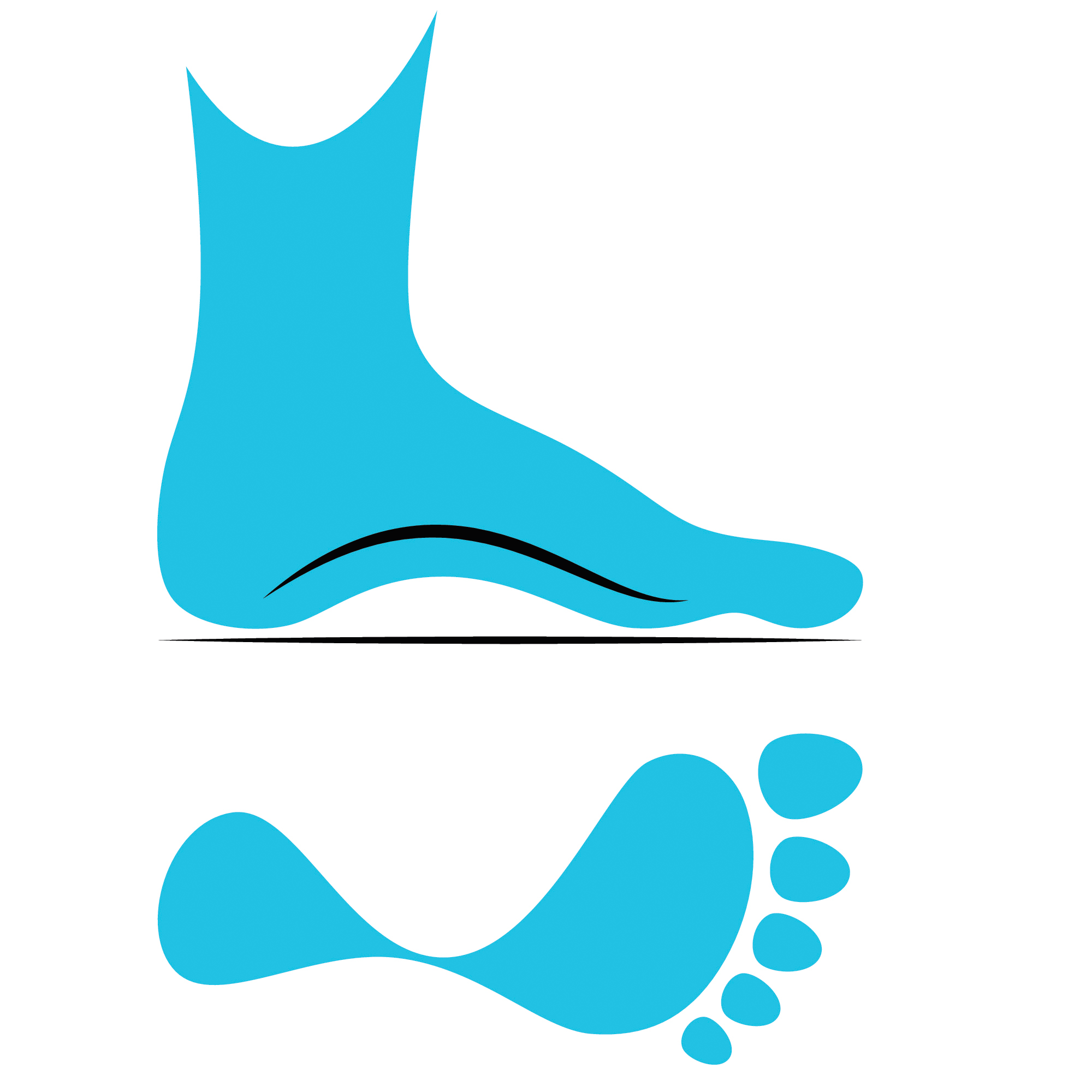High Arches: Causes, Symptoms & Treatment
High arches, also known as cavus foot, is a condition in which the arch of the foot is abnormally high. This can lead to several complications, including foot pain, plantar fasciitis, hammer toes, and ankle instability. It's important to understand the causes, symptoms, and treatment options for high arches to manage the condition properly. This article will provide an in-depth look at high arches and the treatment options available for those with this condition. It's important to consult with a podiatrist for proper diagnosis and treatment.
What are High Arches?
Definition and Description of High Arches
High arches, or cavus foot, is a condition in which the arch of the foot is abnormally high. This can be hereditary or acquired. The arch of the foot is the curved structure located on the inner side of the foot, and it's responsible for absorbing shock and distributing weight evenly across the foot. The arch is of moderate height in a normal foot, but in a foot with high arches, the arch is higher than normal. High arches can lead to several complications, including foot pain, plantar fasciitis, hammer toes, and ankle instability.

Types of High Arches
There are two types of high arches: flexible and rigid. Flexible high arches can be flattened with pressure, while rigid high arches do not flatten. Flexible high arches are less severe and have a better prognosis than rigid high arches.
Causes of High Arches
Genetics
High arches can be inherited and are often seen in families with a history of the condition. If a parent or grandparent has high arches, there is a greater chance that you will develop them as well.
Trauma or Injury
High arches can also be acquired due to trauma or injury to the foot. This can include fractures, sprains, or other injuries that affect the foot's bones, muscles, and tendons.
Certain Medical Conditions
Certain medical conditions, such as cerebral palsy or Charcot-Marie-Tooth disease, can also lead to high arches. These conditions can affect the muscles and nerves of the foot, leading to an abnormal arch.

Symptoms of High Arches
Pain and Discomfort in the Feet and Ankles
One of the most common symptoms of high arches is pain and discomfort in the feet and ankles. This can be caused by the increased pressure on the ball of the foot and heel, as well as the added strain on the muscles and tendons of the foot.
Calluses and Blisters
High arches can also lead to the formation of calluses and blisters on the ball of the foot and heel. The increased pressure and friction on these areas of the foot can cause these.
Difficulty Finding Comfortable Shoes
High arches can also make it difficult to find comfortable shoes. Shoes that fit properly for those with high arches can be hard to find as the arch support may not be high enough. It's important to look for shoes with a high arch support and good shock absorption to help reduce pressure on the ball of the foot and heel. It's also a good idea to have your feet measured by a professional to ensure that you wear the correct shoe size. Custom-made shoes or orthotics can also be an option for those with high arches which have difficulty finding comfortable shoes.
Tunnel syndrome and Claw Toes
High arches can also lead to the development of conditions such as tunnel syndrome and claw toes. Tunnel syndrome is a condition in which the tendons in the foot become compressed, leading to pain and numbness in the foot. On the other hand, claw toes are a condition in which the toes become contracted and claw-like, causing pain and difficulty with walking.

Treatment for High Arches
Conservative Treatment
The first line of treatment for high arches is conservative treatment. This can include rest, ice, and over-the-counter pain medications to help manage pain and inflammation. Wearing shoes with good arch support and shock absorption can also be helpful.
Orthotics and Arch Supports
Orthotics and arch supports can also be used to help manage high arches. Orthotics are custom-made shoe inserts that support the foot's arch. They can be designed to fit into your existing shoes and help to redistribute weight and reduce pressure on the ball of the foot and heel. Arch supports, however, are designed to be worn directly on the foot and can provide extra support to the arch.
Physical Therapy
Physical therapy can also help manage high arches. A physical therapist can teach you exercises to strengthen the muscles and tendons of the foot, which can help to reduce pain and improve mobility. Stretching exercises can also be beneficial for reducing tension in the muscles and tendons of the foot.
Surgery (In severe cases)
In severe cases, surgery may be necessary to correct high arches. Surgery can include procedures to release the tendons in the foot, fuse bones, or even reshape the foot bones. Surgery should be considered a last resort only after all other treatment options have been exhausted.
Conclusion
High arches can cause pain and discomfort in the feet and ankles, but they can be managed with proper diagnosis and treatment. It's important to seek professional help to determine the best treatment for your needs. Whether it's custom orthotics, physical therapy, or even surgery, a podiatrist can help you find the right treatment to manage your high arches and improve your overall foot health.
FAQ
How do you treat high arches?
High arches can be treated through a combination of conservative treatment options such as rest, ice, and over-the-counter pain medication. Orthotics and arch supports can also be used to redistribute weight and reduce pressure on the ball of the foot and heel. Physical therapy can also help manage high arches through exercises to strengthen the muscles and tendons of the foot. In severe cases, surgery may be necessary to correct high arches. It's important to consult with a podiatrist for proper diagnosis and treatment.
What are the symptoms of high arches?
The symptoms of high arches include pain and discomfort in the feet and ankles, calluses and blisters on the ball of the foot and heel, and difficulty finding comfortable shoes. It can also lead to the development of conditions such as tunnel syndrome and claw toes.
What neurological disorders cause high arches?
Certain neurological disorders, such as cerebral palsy or Charcot-Marie-Tooth disease, can cause high arches. These conditions can affect the muscles and nerves of the foot, leading to an abnormal arch. It's important to consult with a medical professional if you suspect that a neurological disorder may be causing your high arches.
Can high arches be inherited?
Yes, high arches can be inherited and are often seen in families with a history of the condition. If a parent or grandparent has high arches, there is a greater chance that you will develop them as well.
Are there any exercises to help manage high arches?
Yes, exercises can help to manage high arches. Stretching exercises can be beneficial for reducing tension in the muscles and tendons of the foot. Strengthening exercises for the muscles of the foot and ankle can also help improve the arch's stability and support. A physical therapist can teach you exercises specific to your condition and help you to develop a personalized exercise program.
What happens if a high arch in the feet is left untreated?
If a high arch in the feet is left untreated, it can lead to several complications, such as foot and ankle pain, calluses and corns, chronic fatigue and injury, shin splints, and stress fractures. It can also increase the risk of developing other foot and ankle conditions, such as plantar fasciitis, heel spurs, and Achilles tendonitis.

